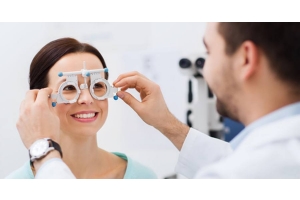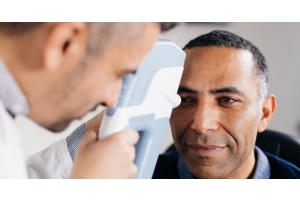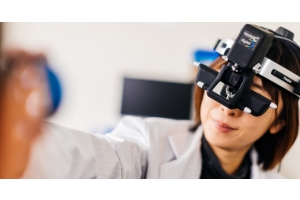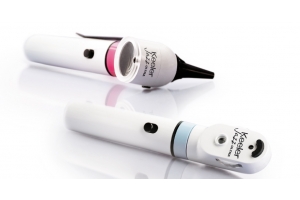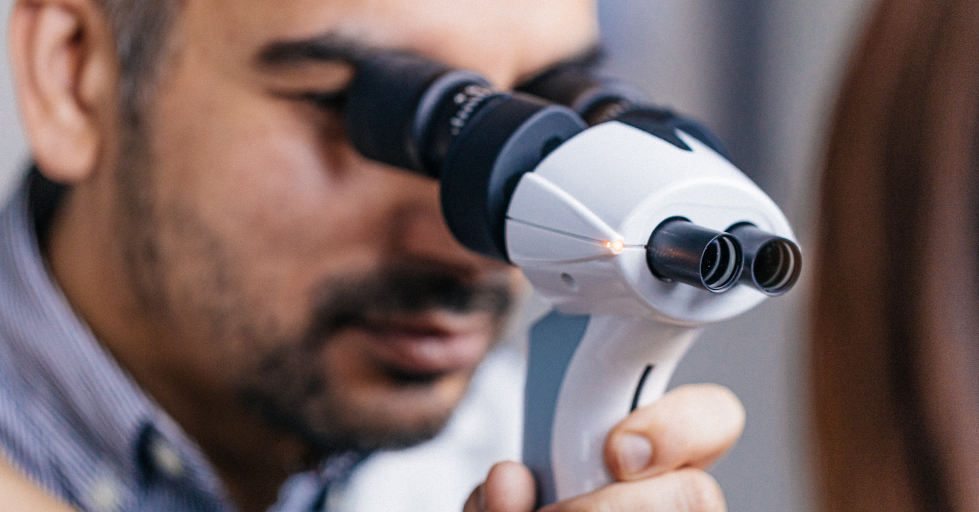
Eye exam rooms are the lifeblood of an optometrist’s practice. The equipment used within exam rooms and the optometry field has evolved tremendously over the years. And what originated as a profession centred on dispensing eyeglasses and vision care has moved to a more holistic approach, which looks at a patient’s entire eye and considers how they use their eyes in their day-to-day lives.
Much of this change has been driven by technological improvements in the optometry exam room equipment. Let’s take a closer look at some of the most common optometry equipment utilised in exam rooms across the globe.
Digital imaging
Digital imaging technology, used in equipment such as slit lamps, provides a wide variety of new techniques that have expanded the capabilities of ophthalmic photography. Highly sensitive electronic cameras have several benefits, including more detailed reporting to customers and the ability to share a patient’s information with specialists for consultations and track the progression of conditions.
Phoropter
The phoropter is an incredible tool that helps you fine tune prescriptions for the manual device utilised during eye exams to determine eyeglass prescriptions and gauge refractive error, which is how a lens must be shaped and curved to correct the patient’s vision to its normal state.
Your patient will sit behind the phoropter in most instances, looking through it to view an eye chart. During the exam, you’ll adjust settings and change lenses while asking the patient for feedback on which settings deliver the best vision. Using a patient’s answers you can recommend an accurate prescription, which will get them as close to 20-20 vision as possible.
Binocular indirect ophthalmoscopes
A binocular indirect ophthalmoscope (BIO) is a headset that enables you to observe the patient’s entire retina and access a wider field of view — in comparison to a direct ophthalmoscope, which you can read more about further down the page.
Instead of projecting only one element of the eye, the binocular indirect ophthalmoscope projects three, which allows you to get a 3D rendition of the eye’s interior.
Simply put, binocular indirect ophthalmoscopes allow for a more thorough examination.
Some of the top binocular indirect ophthalmoscopes are:
- Vantage Plus LED Digital
- Vantage Plus LED Indirect Ophthalmoscope
- All Pupil II Indirect Ophthalmoscope
- Spectra Iris Indirect Ophthalmoscope
Direct ophthalmoscopes
Direct Ophthalmoscopes are handheld, simple diagnostic ophthalmic instruments. They comprise a light source, a concave mirror, a simple handle, and an eyepiece for you to conduct an examination.
This device allows you to see the inside of the patient’s fundus of the eye and is critical to determining the health of the optic disc, retina, and vitreous humour. Unlike the indirect ophthalmoscope, the direct ophthalmoscope provides a limited view of the back of the eye.
Retinoscope
Contrary to what many believe outside of the field, a retinoscope isn’t the same as a direct ophthalmoscope.
The retinoscope shines light into the patient’s eye so that you can view the retina’s reflection. During retinoscopy, the light is moved across the pupil back and forth.
Retinoscopes are very useful in prescribing corrective lenses for patients who may have trouble giving feedback orally to you. This device is also helpful for determining how well a patient’s eyes work together. At Keeler, we offer a full range of cutting-edge retinoscopes, including
- Professional Ophthalmoscope and Streak Retinoscope Set
- Specialist Ophthalmoscope and Streak Retinoscope Set
- Practitioner Ophthalmoscope and Fibre Optic Otoscope Diagnostic Set
Retinal camera
Eye care physicians use retinal cameras to photograph the back of the patient’s eye, which includes the retina. This essential diagnostic device helps document your patient’s eye disease. Similar to many other cameras, the retinal camera produces a bright flash when produced.
Contact, digital, and non-contact tonometers
Tonometers are an essential piece of optometry exam room equipment used to measure the intraocular pressure (IOP) of the patient’s eye, which is crucial for detecting glaucoma. In more detail, a tonometer measures the production of the aqueous humour liquid found inside of the eye and how well it drains into the tissue surrounding the cornea.
While there are different types of tonometers, they all work to accomplish the same diagnostic goal.
Standard contact and digital tonometers will actually touch the patient’s eye; these include
Non-contact tonometers use a puff of air to measure the IOP and do not touch the patient’s eye. Examples of non-contact tonometers include
Hand-held tonometers offer an added level of flexibility and mobility in testing the patient’s IOP. Examples of hand-held tonometers include
Lensometer
Simply put, a lensometer is a critical instrument that can determine the power of a patient’s existing set of glasses. Specifically, opticians utilise this device to understand eyeglass prescriptions.
Pachymeter
The pachymeter is a hand-held device used to measure the depth of the thinnest point of the patient’s cornea. In addition to the back and front surface topography, the thickness of the patient’s cornea is one of the most vital safety factors involved in laser refractive surgery.
Together, the pachymeter and topography device delivers accurate data and ensures the patient’s thickness is within acceptable safety limits.
Contact Keeler for high-quality optometry exam room equipment
If you’re looking for the best optometry exam room equipment, Keeler Ophthalmic Instruments will meet your needs and exceed your expectations. For more than 100 years, we’ve continually innovated to help eye care professionals deliver exceptional results.





